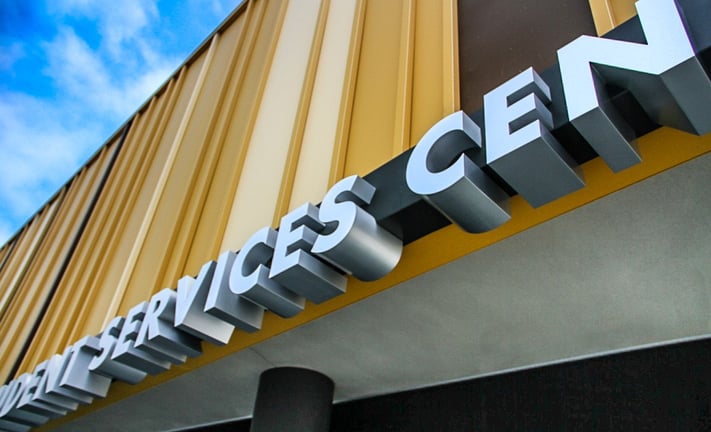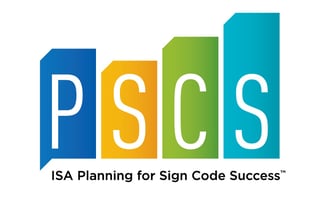
Effective signage can help a community to become an attractive retail destination. Yet sign ordinances can be extremely complex, and even controversial at times. How can a community improve its sign ordinance to encourage economic activity and delight consumers?
If you're attending next week's APA National Planning Conference in New York City, ISA will be there talking about these issues.
A new executive summary, “Arts and Science of Sign Design,” from the Sign Research Foundation can guide local government officials or planners when considering changes to their community’s sign ordinance.
Just because a sign looks great doesn’t mean it’s accomplishing its purpose. The best signs combine strong design and graphics with a grasp of what makes them most readable—and safest for those viewing them.
The report explores three essential components of effective signage:
- Location: Signs are viewed in the context of other structures, landscaping, and visual sight lines in the area.
- Sign Design: Colors, among other factors, are an essential tool to help viewers quickly recognize a business.

- The Viewer: Signs must be positioned within a driver’s relatively narrow cone of vision so that the driver doesn’t have to take his or her eyes off the road to read it.
ISA has many resources, like Arts and Science of Sign Design, to help you craft better sign codes for your community. For example:
ISA's EMC night-time brightness recommendations have been adopted by over 250 communities across the country. These reasonable brightness levels come with model statutory language and enable EMCs to be effectively visible at night, without being harsh or overly distracting.
And at the APA National Planning Conference, attendees will get invaluable insights about how sign regulations have constitutional implications:
- "What Do We Do Post-Reed" panel presentation on Saturday, May 6, 2017 at 4:00 p.m.
- One-on-one sign code guidance in ISA's booth.
- Copies of a brand-new resource from the Sign Research Foundation, “Best Practices Behind Effective Sign Codes.”
- Access to recent research regarding Best Practices in Regulating Temporary Signs and Signs and the Downtown Experience.






